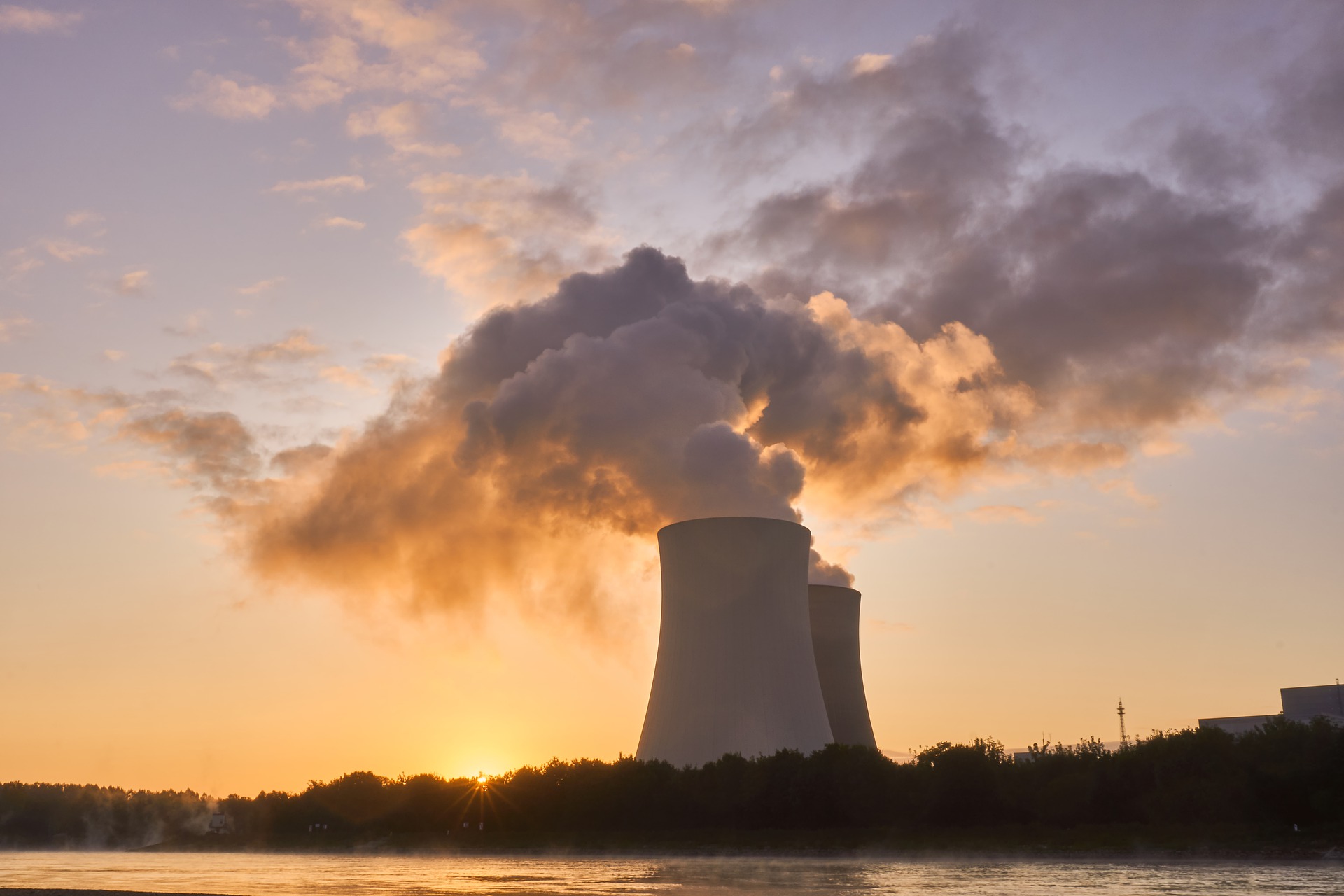Power plant in Mississauga is required thorough maintenance protocols to remain safe and continue regular operations.
In power plants, there is often an engineer assigned to maintenance, who continues the title of power plant maintenance engineer.
The power plant maintenance engineer is not responsible for doing all the maintenance work at the plant – it would be too much work for an individual – but one that helps to oversee these jobs and ensure that they do Have been. The work should be done as per the relevant industry standards.
Complex system for maintenance of power plant
In a power plant, keeping up with maintenance is incredibly complex and challenging, but also important for safety.
If a plant problem is not resolved soon, it can become a fatal problem. But there is no way that personnel onsite can detect the status of each component and use the plant from one minute to the next.
This is why power plants use computerized systems to track the real-time status of their equipment for small details so that nothing breaks between cracks. The two primary systems used for the maintenance of power plants are as follows:
- SCADA (Supervisory Control and Data Acquisition). SCADA is a complex industrial control system that uses computer and network data communications to monitor plant and machinery conditions. SCADA is used in many industrial processes, including power plant maintenance, refining, fabrication, and manufacturing.
- CMMS (Computerized Maintenance Management System).
- It is common for plant CMMS to integrate with their SCADA systems to create automated task sequences for automated items such as preventive maintenance or inspection at certain dates or events.
This integration is often used to share information about security-related issues such as fault detection, alarms, and unusual conditions within the plant.
What does a power plant maintenance engineer do?
So what exactly is required for the maintenance of a power plant?
One way to explain this question is to look at the list of items that a power plant maintenance engineer manages.
Here is an example list:
- CMMS and SCADA coordination and integration
- Maintaining documentation about plant maintenance procedures
- Technical support related to any maintenance in the plant
- Ensuring that personnel develop and follow preventive maintenance programs
- Ensuring that inspection and maintenance is being carried out in compliance with the relevant industry standards
- Workers (ie, engineers and other plant workers), being a connector at the plant between management and external parties, require an insight into the maintenance processes of the plant, such as the regulator
- Preparation for reporting and sharing with stakeholders in the plant
Some Important Ways Can Improve the Maintenance of Drone Power Plant
Inspections are an important part of maintenance in any power plant.
Routine inspections help ensure that all assets used in plant processes are in good working order, and they can develop issues that could endanger personnel long before potential problems are exposed. One of the most difficult types of routine work in a power plant is inspection inside the property, such as a tank or boiler.
Conducting these indoor inspections requires inspectors to stand on the scaffold and use flashlights in confined, tight locations, exposing themselves to potential damage. And construction of scaffolding can be expensive and long-term recession maintenance workers often require one to two days to build it and then one to two days to get it down.
The use of a drone eliminates the need for scaffolding at this stage because it excludes the need for a person to enter a confined space in the first place.
Uses people’s inspiration
Drones designed to fly in confined spaces can alter the physical presence of the inspector, allowing the inspector to collect visual data about the inside of the property.
Security
Sending a drone to a limited space instead of a person helps to keep that person out of probably dangerous situations. This is especially true in nuclear power plants, where the threat is not potential but original.
When conducting nuclear power plant inspections, inspectors must often expose themselves to radiation that inspections must be carried out to reach areas of the plant.
In a single inspection of one to two minutes inside the reactor building, an inspector can receive radiation up to 250 millimeters, which is about 10% of the annual limit for radiation exposure.
Also, when performing an inspection, inspectors must be accompanied by a radiation monitor, which means that two people are exposed to radiation each time an inspection occurs.
The use of drones to collect visual data at a nuclear power plant removes the need for human radiation exposure, allowing inspectors to remain safe outside tanks and other radiation fields, while drones collect visual data at their positions Are enabled.
Cost-benefit
Using a drone instead of an individual to collect visual data can help power plants realize significant savings, often ranging from tens to tens of thousands of dollars.
These savings are mainly:
- Removing the requirement for inspectors to erect scaffolding to stand inside the property
- Removing additional downtime required to build scaffolding
- Long term of ASSETS
- Because drone inspections are much cheaper than manual inspections, it allows drone companies to increase the frequency of inspections while realizing significant savings.
- Over time, increasing the frequency of inspections, highlighting potential problems, and addressing them in advance can help increase the longevity of the power plant’s assets, otherwise they.
Expanded reviews are also good for the environment, studies have revealed. Independent advisory group found that the frequency of boiler inspections supported b drones is increasing, which could potentially reduce 649 metric tons of CO2 emissions in a year.




